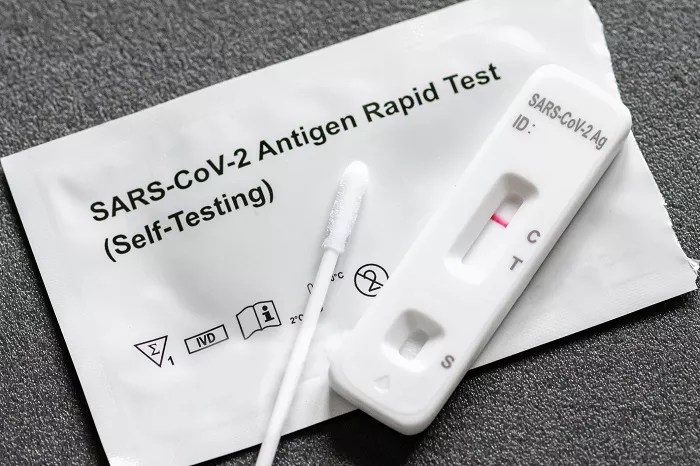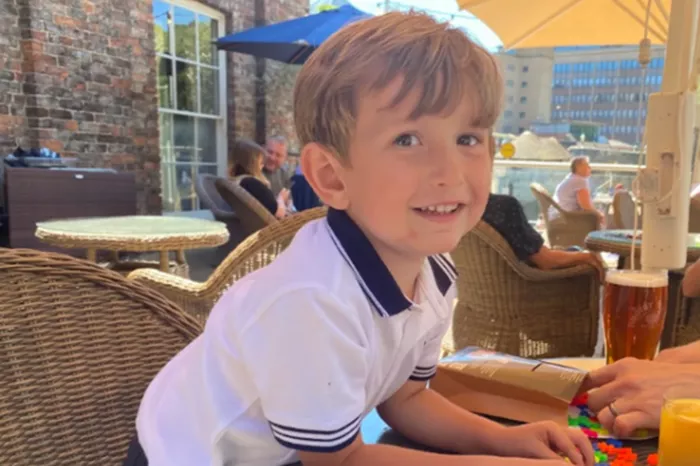Psychiatric emergencies are a critical aspect of mental health care that require immediate attention and intervention. These emergencies are situations where a person’s mental health deteriorates to the point that their behavior, thoughts, or feelings are likely to lead to harm. Psychiatric emergencies are often unpredictable and can be distressing for both the person experiencing the crisis and those around them. However, understanding what constitutes a psychiatric emergency and how to effectively address it can make a significant difference in preventing harm and ensuring the person receives the appropriate treatment.
What Is Considered a Psychiatric Emergency? In this article, we will delve into what is considered a psychiatric emergency, the different types, signs to watch for, the treatment protocols, and the importance of timely intervention. We will also explore the roles that healthcare providers, family, and communities play in managing these crises.
What is a Psychiatric Emergency?
A psychiatric emergency refers to any mental health-related crisis or situation in which an individual is unable to cope with or manage their emotions, thoughts, or behavior. In such emergencies, the person may pose a danger to themselves or others, display signs of severe distress, or exhibit behavior that requires immediate intervention from a mental health professional or emergency medical team.
Psychiatric emergencies are not limited to one particular condition or disorder. They can arise from any number of underlying psychiatric conditions, including depression, anxiety, schizophrenia, bipolar disorder, substance abuse, or trauma-related disorders. Additionally, life stressors such as the loss of a loved one, relationship breakdowns, or financial problems can trigger psychiatric emergencies in individuals who may already be vulnerable to mental health issues.
Types of Psychiatric Emergencies
Psychiatric emergencies can be categorized into several types, depending on the symptoms and behaviors being exhibited. While this is not an exhaustive list, some of the most common psychiatric emergencies include:
Suicidal Behavior or Ideation
One of the most common psychiatric emergencies is a person experiencing suicidal thoughts or attempting suicide. This can occur in people suffering from depression, bipolar disorder, schizophrenia, or other mental health issues. Individuals in crisis may express a desire to end their life through verbal statements, writing, or even through specific plans for suicide.
Signs that a person may be contemplating suicide include withdrawal from social interactions, expressing feelings of hopelessness or worthlessness, sudden behavioral changes, and giving away possessions. When a person exhibits these symptoms, urgent intervention is necessary to prevent harm.
Homicidal Behavior or Violence Towards Others
In some psychiatric emergencies, individuals may become violent or pose a threat to others. This can happen in cases of severe mood disorders, psychosis, or substance abuse. Individuals may exhibit aggressive behavior, threats of harm, or engage in violent acts, potentially harming family members, friends, or even strangers.
A common example of this type of emergency is a person with untreated schizophrenia who may experience delusions or hallucinations that cause them to act out violently. Immediate intervention and secure management of the situation are required to ensure the safety of everyone involved.
Acute Psychotic Episodes
Psychosis is a mental state in which a person experiences a loss of contact with reality, leading to delusions, hallucinations, and impaired thinking. This can occur in individuals with schizophrenia, severe bipolar disorder, or as a result of substance abuse. Psychotic episodes can cause significant distress for the individual, leaving them confused and disoriented. They may also pose a danger to themselves or others if they act on the delusions or hallucinations.
During an acute psychotic episode, a person may believe they are being persecuted, hear voices telling them to act in harmful ways, or see things that aren’t real. In these instances, immediate medical attention is necessary to stabilize the individual and prevent harm.
Severe Anxiety or Panic Attacks
Anxiety disorders can sometimes lead to acute psychiatric emergencies. Panic attacks, characterized by sudden episodes of overwhelming fear, shortness of breath, chest pain, and other physical symptoms, can make it difficult for an individual to function in everyday life. While a panic attack itself is not life-threatening, it can be so overwhelming that the person may feel as though they are in immediate danger, which can require intervention.
In severe cases, untreated anxiety may escalate to a point where it interferes with a person’s ability to think or act rationally, requiring professional intervention to help manage the symptoms.
Substance Abuse or Withdrawal
Substance use disorders, including alcohol, prescription drugs, and illicit drug use, can lead to psychiatric emergencies. Withdrawal from drugs or alcohol, especially in severe cases, can cause extreme mental distress, agitation, hallucinations, and even seizures or death if not managed properly. Individuals in withdrawal may also experience suicidal thoughts or violent behavior.
In these cases, the person may need immediate medical attention to stabilize their physical and mental state and ensure their safety during the withdrawal process.
Severe Mood Episodes in Bipolar Disorder
People living with bipolar disorder experience extreme mood fluctuations, ranging from manic episodes (marked by excessive energy, impulsivity, and sometimes reckless behavior) to depressive episodes (marked by profound sadness, hopelessness, and a lack of motivation). These mood swings can be dangerous in extreme cases, where manic episodes can lead to risky behaviors like substance abuse, gambling, or unsafe sexual activities, and depressive episodes may lead to suicidal ideation.
During these times, individuals may require psychiatric care to manage their mood episodes and ensure their well-being.
Disruptive Behavior in Children or Adolescents
While psychiatric emergencies often focus on adults, children and adolescents can also experience mental health crises. Children may exhibit signs of aggression, extreme sadness, or sudden changes in behavior, such as skipping school or engaging in destructive actions.
In younger individuals, mental health emergencies may stem from trauma, bullying, or a lack of appropriate coping mechanisms. Immediate intervention can help to address the underlying issue and prevent long-term consequences.
Signs and Symptoms to Watch For
Recognizing the early warning signs of a psychiatric emergency can help to prevent escalation and save lives. Some common signs to watch for include:
Sudden changes in behavior: A person may become withdrawn, agitated, or appear disoriented. They might engage in unusual behaviors or display mood swings that are out of character.
Threatening behavior or verbal threats: If an individual begins to make threats of self-harm or harm towards others, it’s critical to take them seriously and seek help immediately.
Delusions or hallucinations: Experiencing a loss of touch with reality, such as hearing voices or having irrational beliefs, is a sign of a psychiatric emergency.
Extreme fear or anxiety: If someone becomes uncontrollably anxious or fearful, this may indicate a need for intervention.
Physical symptoms: Sometimes, psychiatric emergencies present with physical symptoms like chest pain, shortness of breath, dizziness, or confusion, which could be related to panic attacks or a serious mental health episode.
How to Respond to a Psychiatric Emergency
When you recognize that a psychiatric emergency is occurring, it’s essential to act quickly and calmly. Here are steps to take when handling a psychiatric crisis:
Ensure Safety: If the individual is a danger to themselves or others, take immediate steps to secure the area. If necessary, remove potential weapons or objects that could be used in harm. Try to keep a safe distance if the person is exhibiting violent or erratic behavior.
Stay Calm and Offer Support: Speak in a calm, non-threatening voice. Let the person know that you are there to help and listen to their concerns. If they are experiencing distress, reassure them that assistance is on the way.
Contact Professionals: Calling emergency services or a mental health crisis team is essential if you feel the situation is beyond your ability to manage. In many cases, psychiatric emergencies require the expertise of mental health professionals, especially when hospitalization may be necessary.
Provide Information: When you contact emergency services or a mental health professional, provide as much information as possible about the situation. Details about the individual’s behavior, mental health history, and any immediate threats can help professionals assess the situation more effectively.
Follow Up: After a psychiatric emergency has been addressed, ensure that the individual receives appropriate follow-up care. Ongoing treatment, therapy, and social support can help to prevent future crises and provide long-term solutions for managing the individual’s mental health condition.
Conclusion
Psychiatric emergencies are life-threatening situations that demand immediate intervention. Recognizing the signs and symptoms of such emergencies and understanding how to respond appropriately can save lives and reduce long-term harm. Whether you are a healthcare professional, family member, or friend, being aware of what constitutes a psychiatric emergency and how to manage it is crucial.
In every case, it’s important to understand that mental health crises require professional treatment, and timely intervention can make all the difference in the individual’s recovery and safety. By staying informed and prepared, we can support individuals facing mental health challenges and help them navigate their most difficult moments.
Related Topics
































